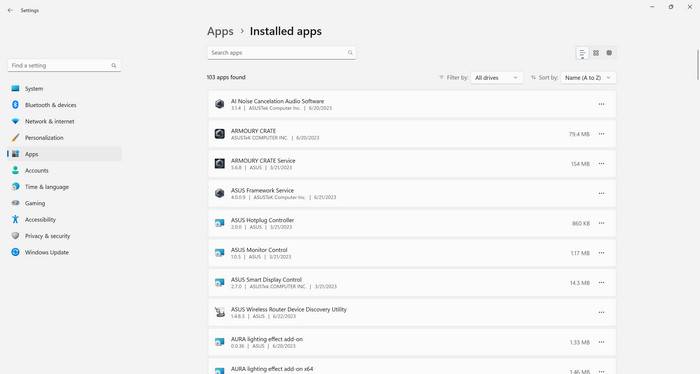PDFCreator by pdfforge is a popular software tool that allows users to convert documents into PDF files. It has gained a significant user base due to its ease of use and wide range of features. However, like any software, it is important to evaluate whether PDFCreator is necessary for your needs and whether it poses any potential risks to your computer. In this article, we will explore what PDFCreator is, its features, potential drawbacks, and whether you should consider removing it from your system.

What is PDFCreator?
PDFCreator is a free and open-source software that allows users to convert documents from various formats, such as Word, Excel, PowerPoint, and images, into PDF files. It acts as a virtual printer, enabling users to “print” their documents to PDF instead of a physical printer. PDFCreator is available for Windows operating systems and has been widely adopted by individuals and businesses alike.
Features of PDFCreator
PDFCreator offers a range of features that make it a versatile tool for document conversion. Some of its key features include:
- PDF Conversion: PDFCreator allows users to convert documents from various formats into PDF files. This is particularly useful when sharing documents with others, as PDF files are universally compatible and maintain the formatting of the original document.
- Encryption and Security: PDFCreator offers options to encrypt PDF files with passwords and restrict access to certain features, such as printing or editing. This ensures the confidentiality and integrity of sensitive documents.
- Batch Conversion: Users can convert multiple documents into PDF format simultaneously, saving time and effort.
- Automatic Saving: PDFCreator can be configured to automatically save converted files to a specified location, streamlining the workflow.
- Integration with Other Applications: PDFCreator integrates with popular applications such as Microsoft Office, allowing users to convert documents directly from within those applications.
Should I Remove PDFCreator?
While PDFCreator offers a range of useful features, there are a few factors to consider when deciding whether to remove it from your system:
1. Need for PDF Conversion
If you frequently need to convert documents into PDF format, PDFCreator can be a valuable tool. It simplifies the process and ensures consistent results. However, if you rarely or never require PDF conversion, removing PDFCreator may free up system resources and reduce clutter.
2. Alternative Software
There are numerous alternative PDF conversion tools available in the market. Some offer additional features or a more user-friendly interface. If you find that PDFCreator does not meet your specific needs, it may be worth exploring other options.
3. System Performance
PDFCreator, like any software, consumes system resources. If you notice a significant impact on your computer’s performance or experience frequent crashes or slowdowns, it may be worth considering removing PDFCreator to improve system stability.
4. Security Concerns
While PDFCreator itself is not considered malware or a security threat, it is important to exercise caution when downloading and installing software from the internet. Always download PDFCreator from the official pdfforge website or trusted sources to minimize the risk of downloading a compromised version. Additionally, keep the software up to date to benefit from security patches and bug fixes.
How to Remove PDFCreator?
If you have decided to remove PDFCreator from your system, there are several methods you can use:
- Uninstall via Control Panel: PDFCreator can be uninstalled like any other software through the Control Panel on Windows. Simply navigate to “Programs and Features” or “Add or Remove Programs,” locate PDFCreator in the list of installed programs, and select “Uninstall.”
- Third-Party Uninstaller: Using a third-party uninstaller tool can ensure a more thorough removal of PDFCreator and any associated files or registry entries. One recommended tool is Revo Uninstaller Free, which offers advanced scanning and cleaning capabilities.
Conclusion
PDFCreator by pdfforge is a powerful tool for converting documents into PDF format. It offers a range of features that make it a popular choice among users. However, whether you should remove PDFCreator depends on your specific needs and circumstances. If you rarely require PDF conversion, find alternative software that better suits your requirements, experience system performance issues, or have security concerns, removing PDFCreator may be a viable option. Remember to exercise caution when downloading software from the internet and consider using a third-party uninstaller tool for a more thorough removal process.
Ultimately, the decision to remove PDFCreator should be based on an evaluation of your individual needs and priorities. By considering the factors discussed in this article, you can make an informed decision that aligns with your requirements and enhances your computer’s performance and security.










